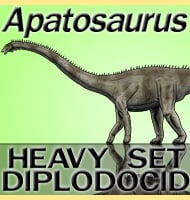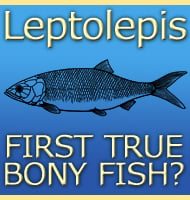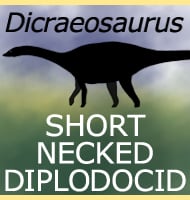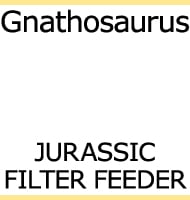In Depth
A relatively small canid, Eucyon is one of the earliest true dogs to enter the fossil record. Living during the late Miocene it would have been in competition with larger and more dangerous predators such as the amphicyonids, however Eucyon and its relatives were better adapted to the on-going climatic changes of the Miocene. The earliest species of Eucyon such as E. davisi first appear in North America and parts of Asia during the Miocene, while later species of the late Miocene and early Pliocene are known from as far away as Europe and Africa. Although Eucyon would disappear at the beginning of the Pliocene, the true dogs would go onto become one of the dominant predator types all the way into modern times.
Further Reading
– A new canid genus from the Pliocene of Yushe, Shanxi Province. – Vertebrata PalAsiatica (Gujizhui Dongwu Xuebao) 34(1):27-40. – R. H. Tedford & Z. Qiu – 1996. – The wide ranging genus Eucyon Tedford & Qiu, 1996 (Mammalia, Carnivora, Canidae, Canini) in the Mio-Pliocene of the Old World. – Geodiversitas. 31 (4): 723–741. – Lorenzo Rook – 2009.









